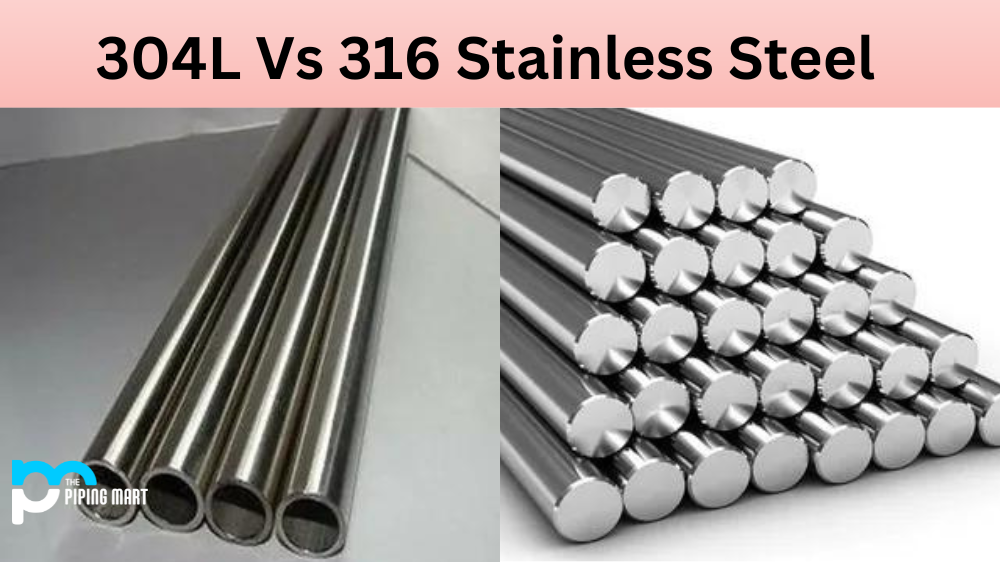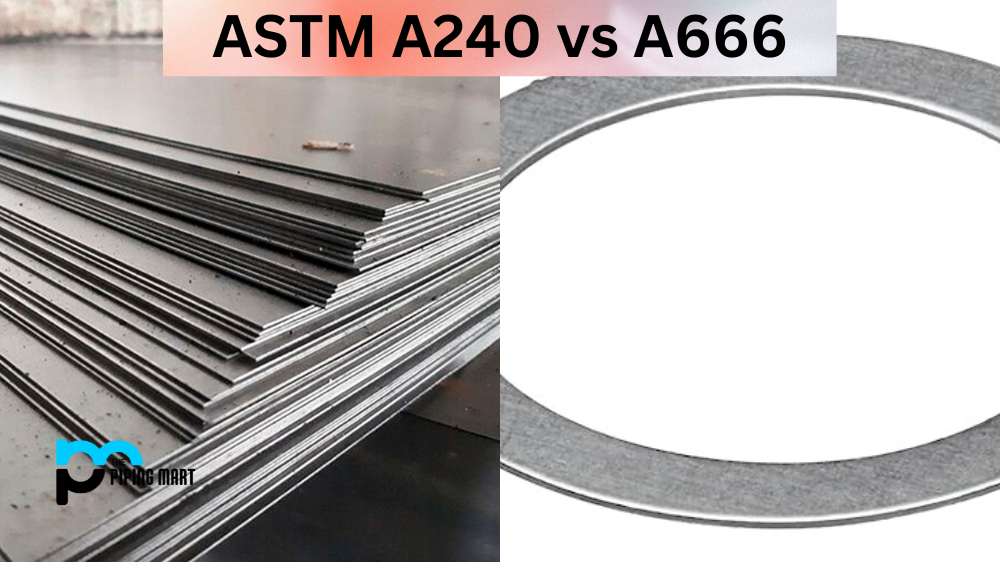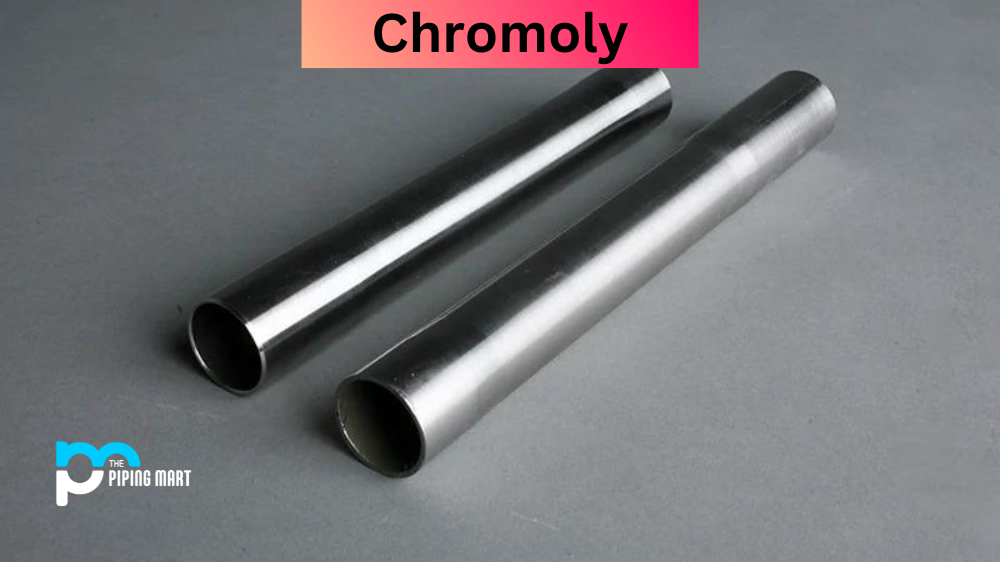Stainless steel is a popular choice for many applications due to its corrosion resistance and durability, but it cannot be easy to know which type of stainless steel alloy is best for your needs. Two common types are 304L and 316 stainless steel. Both have similar characteristics, but some key differences can help you identify which alloy is best for your project. Let’s take a closer look at the two alloys.
304L Stainless Steel
304L stainless steel is an austenitic grade that contains low carbon content for better weldability. It also has good corrosion resistance in both industrial and marine environments. Its chromium content gives it a high level of oxidation resistance, making it a popular choice for chemical processing equipment, heat exchangers, and kitchenware.
316 Stainless Steel
316 stainless steel has higher levels of chromium (16-18%) and nickel (10-14%) than 304L – giving it superior corrosion resistance properties compared to 304L grades. This makes it a great choice for applications where exposure to saltwater or other corrosive elements is likely – such as medical instruments, valves, pumps, and chemical processing equipment. In addition, its higher strength means that 316 stainless steel can resist more pressure than 304L grades without sacrificing ductility or toughness.
Difference Between 304L and 316 Stainless Steel
A key difference between the two alloys is that 316 stainless steel contains molybdenum – an element not found in 304L grades – which further increases its corrosion resistance properties while improving its overall performance in harsh environments like marine applications or those involving chemicals or acids. Adding molybdenum also helps make 316 stainless steel more resistant to pitting due to chlorine ions present in saltwater environments or deicing agents used on roads and bridges during winter.
Chemical Composition
One of the key differences between 304L and 316 stainless steel is the chemical composition. 304L stainless steel contains lower levels of carbon than 316 stainless steel. This makes 304L stainless steel ideal for applications where welding is required, as it prevents carbide precipitation, which can lead to corrosion.
Mechanical Properties
Another key difference between 304L and 316 stainless steel is the mechanical properties. 304L stainless steel is less strong than 316 stainless steel, making it ideal for applications where strength is not required. Additionally, 304L stainless steel is more ductile than 316 stainless steel, making it easier to form and weld.
Corrosion Resistance
One of the most important differences between 304L and 316 stainless steel is corrosion resistance. 304L stainless steel is highly resistant to corrosion, while 316 stainless steel is less resistant. This makes 304L ideal for applications in environments where corrosion is a concern, such as food processing or medical equipment.
Temperature Resistance
Another important difference between 304L and 316 stainless steel is the temperature resistance. 304L stainless steel can withstand temperatures up to 1650 degrees Fahrenheit, while 316 stainless steel can withstand temperatures up to 1700 degrees Fahrenheit. This makes 304L ideal for applications in high-temperature environments, such as furnaces or boilers.
Cost
Finally, one of the key differences between 304L and 316 stainless steel is the cost. 304L stainless steel is typically more affordable than 316 stainless steel, making it ideal for applications where cost is a concern
Conclusion:
When selecting the right type of stainless steel alloy for your application, there are several factors to consider – from corrosion resistance to cost-effectiveness. As we’ve seen here, both 304L and 316 stainless steels offer excellent corrosion resistance, but the presence of molybdenum in 316 grades gives them an edge when dealing with highly corrosive materials like chlorides or acids. For projects where exposure to these elements is likely, such as chemical processing equipment or food preparation surfaces near saltwater bodies, then opting for the superior protection offered by 316 grades may be worth the investment!

A passionate metal industry expert and blogger. With over 5 years of experience in the field, Palak brings a wealth of knowledge and insight to her writing. Whether discussing the latest trends in the metal industry or sharing tips, she is dedicated to helping others succeed in the metal industry.




